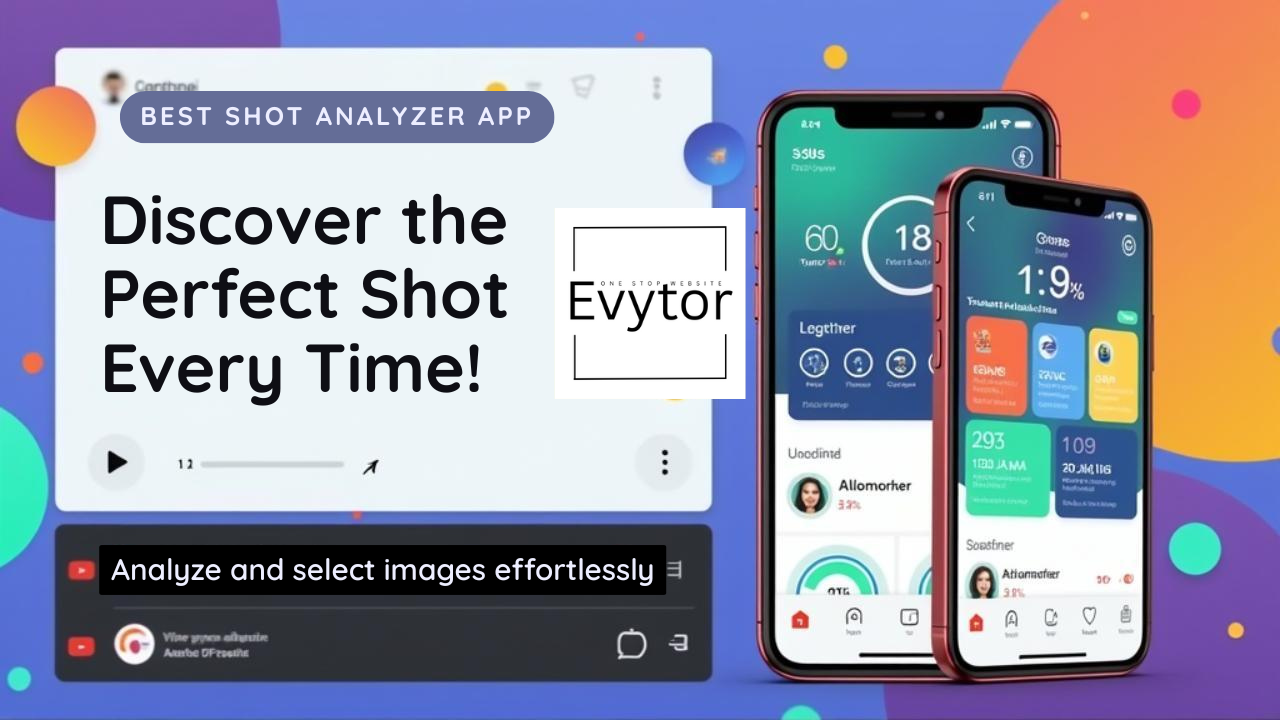Balancing Tech Use and Mental Wellbeing
In today's hyper-connected world, technology is deeply woven into the fabric of our daily lives. From smartphones that wake us up to AI-powered assistants managing our schedules and remote work enabling global collaboration, tech offers undeniable convenience and opportunity. But this constant connectivity comes at a cost, particularly to our mental wellbeing. Finding a healthy balance isn't just important; it's absolutely essential for thriving in the digital age.
Have you ever felt overwhelmed by notifications? Spent hours scrolling aimlessly? Felt anxious if you couldn't find your phone? You're not alone. This post dives deep into the complex relationship between tech use and mental health, offering practical strategies to help you reclaim control and foster a healthier digital life.
Understanding the Impact of Constant Connectivity
The human brain wasn't designed for the non-stop barrage of information, alerts, and comparisons that modern technology facilitates. This constant stimulation can lead to several negative effects.
- 📱 Information Overload: Too much data makes it hard to focus and can increase anxiety.
- ⏰ Loss of Time: Mindless scrolling devours hours that could be spent on restorative activities or real-world interactions.
- Comparisontis: Social media often presents idealized realities, leading to feelings of inadequacy, envy, and
low self-esteem.
- 💤 Sleep Disruption: Blue light emitted by screens interferes with melatonin production, making it harder to fall asleep and impacting sleep quality.
- 😟 Increased Anxiety & Depression: Excessive screen time, cyberbullying, and social comparison are linked to higher rates of anxiety and depressive symptoms.
- 🤝 Reduced Real-World Interaction: Prioritizing online connections can sometimes come at the expense of meaningful face-to-face relationships.
Recognizing these potential pitfalls is the first step towards building a healthier relationship with technology.
Strategies for Building a Healthier Digital Life
Balancing tech use isn't about eliminating technology entirely; it's about using it intentionally and mindfully. Here are some strategies:
Setting Boundaries and Digital Limits
This is perhaps the most critical step. Decide when, why, and how you will use technology.
- ✅ Define Tech-Free Zones: Designate areas in your home (like the bedroom or dining table) where phones and other devices are not allowed.
- 📵 Implement Digital Detox Periods: Schedule regular times each day or week to completely unplug. Start small, maybe 30 minutes a day, and build up.
- ⏳ Use App Timers: Many smartphones and apps have built-in features to limit your usage time. Use them!
- 🌙 Establish a Digital Sunset: Put devices away at least an hour (ideally two) before bedtime to improve sleep hygiene.
- 🚫 Turn Off Non-Essential Notifications: Each buzz or ding pulls your attention. Disable alerts for apps that aren't crucial.
Being Mindful About Consumption
Pay attention to *what* you are consuming online and *how* it makes you feel.
- 🧠 Ask Yourself Why: Before opening an app, ask: "Why am I doing this? What do I hope to gain?"
- 💡 Curate Your Feed: Unfollow accounts that make you feel bad about yourself or are purely time sinks. Follow those that inspire, educate, or entertain positively.
- 📖 Prioritize Deep Work/Focus: Use tools or methods (like the Pomodoro technique) that require periods of uninterrupted focus away from digital distractions.
Replacing Screen Time with Offline Activities
Actively schedule time for activities that nourish your mind and body without screens.
- 🚶♀️ Get Outdoors: Spend time in nature. It's a powerful stress reducer.
- 🏋️♂️ Engage in Physical Activity: Exercise is fantastic for both physical and mental health.
- 🎨 Pursue Hobbies: Read a physical book, paint, play an instrument, garden, cook – engage in activities that require your full, non-digital attention.
- 🗣️ Connect In-Person: Spend quality time with friends and family face-to-face.
Pro-Tips for Sustainable Digital Wellbeing
Making lasting changes requires consistent effort and sometimes trying new approaches.
- 📊 Track Your Usage: Many phones and apps offer usage reports. Seeing the actual time spent can be a powerful motivator.
- 🛠️ Customize Your Phone Settings: Arrange apps to make addictive ones harder to access. Use grayscale mode to make the screen less appealing.
- 🗣️ Talk About It: Discuss your tech habits and goals with friends or family. Mutual support can be very helpful.
- 🧘♀️ Practice Digital Mindfulness: Before reacting to something online, pause. Breathe. Consider your response.
- 📚 Seek Professional Help: If you feel your tech use is negatively impacting your life significantly, consider talking to a therapist or counselor specializing in digital addiction or mental health.
Achieving balance is an ongoing process, not a one-time fix. Be patient and kind to yourself as you explore what works best for you.
Conclusion
Technology offers incredible possibilities, but its ubiquitous presence demands conscious effort to maintain our mental equilibrium. By understanding its potential impacts, setting clear boundaries, practicing mindful usage, and prioritizing offline activities, you can cultivate a healthier, more intentional relationship with technology.
Finding this balance allows you to harness the power of tech without letting it control your life or compromise your mental wellbeing. It's about being in the driver's seat.
What's one small step you can take today to create a healthier tech balance in your life? Share your ideas in the comments below!




